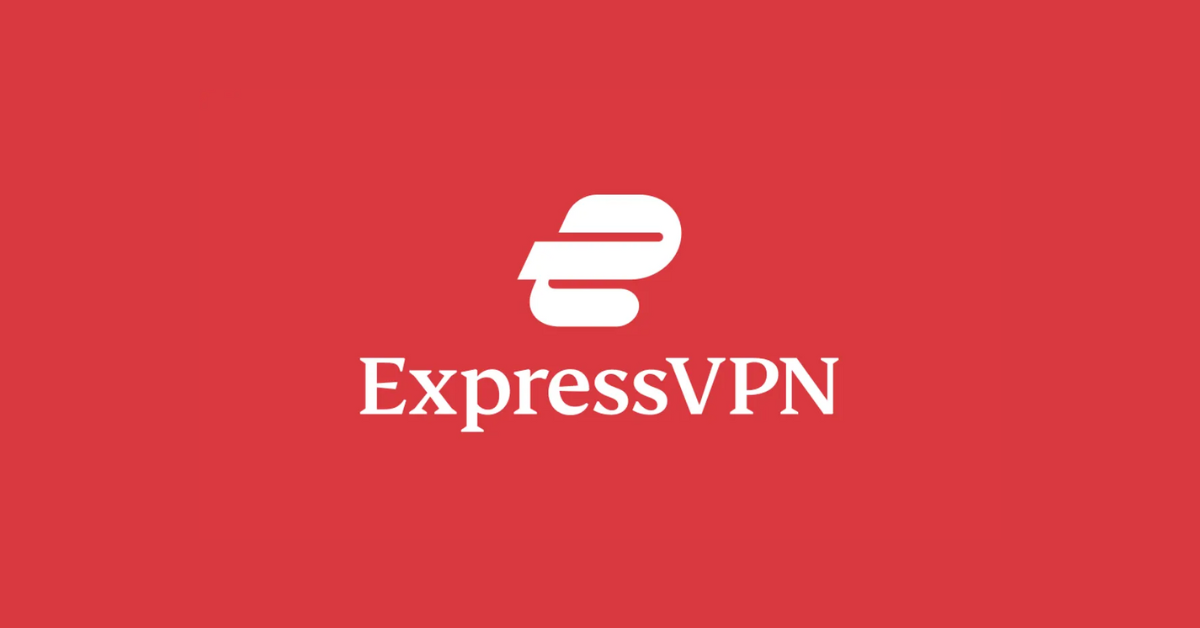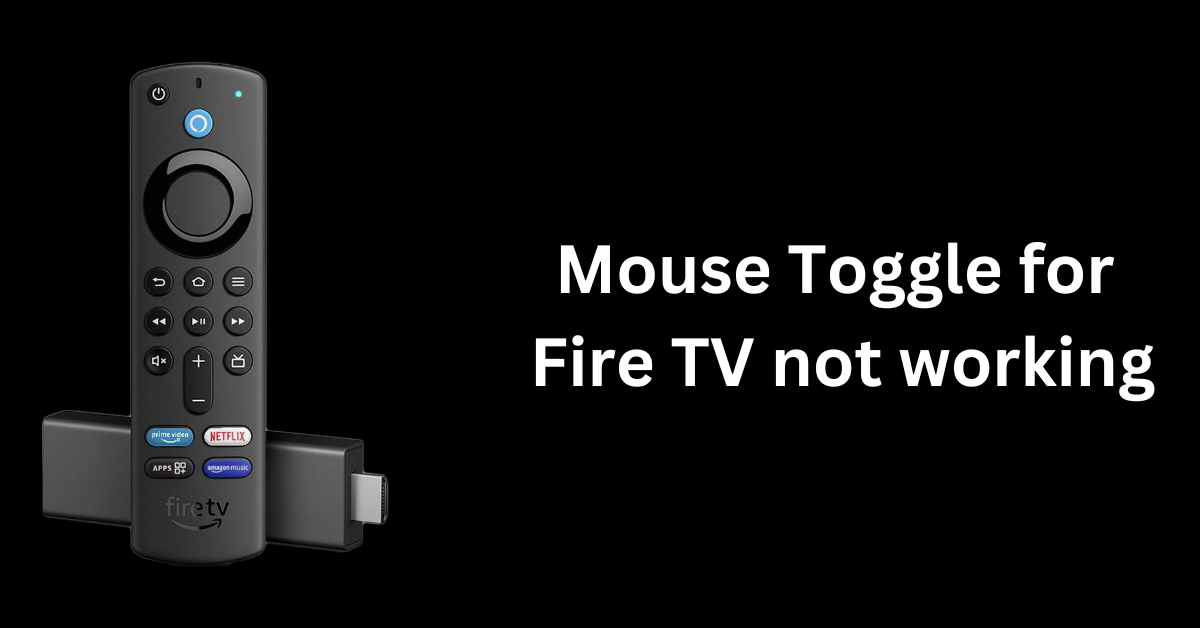Analyzing the Cost of IPTV vs. Traditional TV Services
In today’s digital age, the way we consume television has evolved significantly. Traditional cable and satellite TV services have long been the go-to option for many households, but IPTV (Internet Protocol Television) has been gaining popularity as an alternative.
IPTV allows users to stream television content over the internet, offering a wide range of channels and on-demand programming at a potentially lower cost. But how does the cost of IPTV compare to traditional TV services? In this article, we’ll break down the costs associated with both options and help you make an informed decision.
Understanding the Cost of Traditional TV Services
Traditional TV services, such as cable or satellite, typically involve a fixed monthly subscription fee. These services offer a predetermined package of channels, with the option to add on premium channels or specialty packages for an additional cost. Some key cost factors to consider when it comes to traditional TV services include:
- Monthly subscription fees
- Equipment rental fees (for set-top boxes, DVRs, etc.)
- Installation fees
- Premium channel add-ons
- Contract termination fees
The Cost of IPTV Services
IPTV services, on the other hand, deliver television content over the internet, eliminating the need for traditional cable infrastructure. IPTV services can often be more flexible and cost-effective than traditional TV services. Some key factors to consider when analyzing the cost of IPTV services include:
- Monthly subscription fees
- Equipment costs (set-top boxes or compatible devices)
- Internet connection fees
- On-demand content fees
- Premium channel add-ons
Cost Comparison: IPTV vs. Traditional TV Services
When comparing the cost of IPTV to traditional TV services, it’s important to take into account the individual needs and preferences of each user. Here are some considerations to keep in mind:
- Monthly Subscription Fees: IPTV services often offer competitive pricing compared to traditional TV services. Users can choose from different subscription packages based on their viewing preferences and budget.
- Equipment Costs: While traditional TV services may require set-top boxes and other equipment, IPTV services often offer the option to use compatible devices such as smart TVs, streaming devices, or mobile phones.
- Flexibility: IPTV services typically offer more flexibility in terms of content and pricing options. Users can customize their viewing experience by choosing specific channels, on-demand content, or premium add-ons.
- Internet Connection: IPTV services rely on a stable internet connection, so users should consider the cost and quality of their internet service provider when calculating the overall cost of IPTV.
Benefits and Practical Tips
- Cost-effectiveness: IPTV services can be a more cost-effective option for users looking to cut down on their monthly TV expenses.
- Flexibility: IPTV services offer more flexibility in terms of content and pricing options, allowing users to customize their viewing experience.
- Quality: IPTV services often deliver high-quality video and audio content, rivaling traditional TV services in terms of picture and sound quality.
Case Study: John’s Experience with IPTV
John, a tech-savvy individual, decided to switch from his traditional cable TV service to an IPTV provider. After comparing the costs and features of both options, John found that IPTV offered him more flexibility and cost savings. With IPTV, John was able to choose a customized package of channels and on-demand content at a lower monthly cost. Additionally, John enjoyed the convenience of streaming IPTV on his smart TV, eliminating the need for multiple set-top boxes and additional equipment.
Conclusion
When it comes to analyzing the cost of IPTV vs. traditional TV services, it’s important to consider factors such as monthly subscription fees, equipment costs, and channel offerings. While traditional TV services may be a familiar choice for many households, IPTV offers a cost-effective and flexible alternative that can cater to the individual needs of users. By comparing the costs and benefits of both options, users can make an informed decision on which TV service best suits their preferences and budget.













